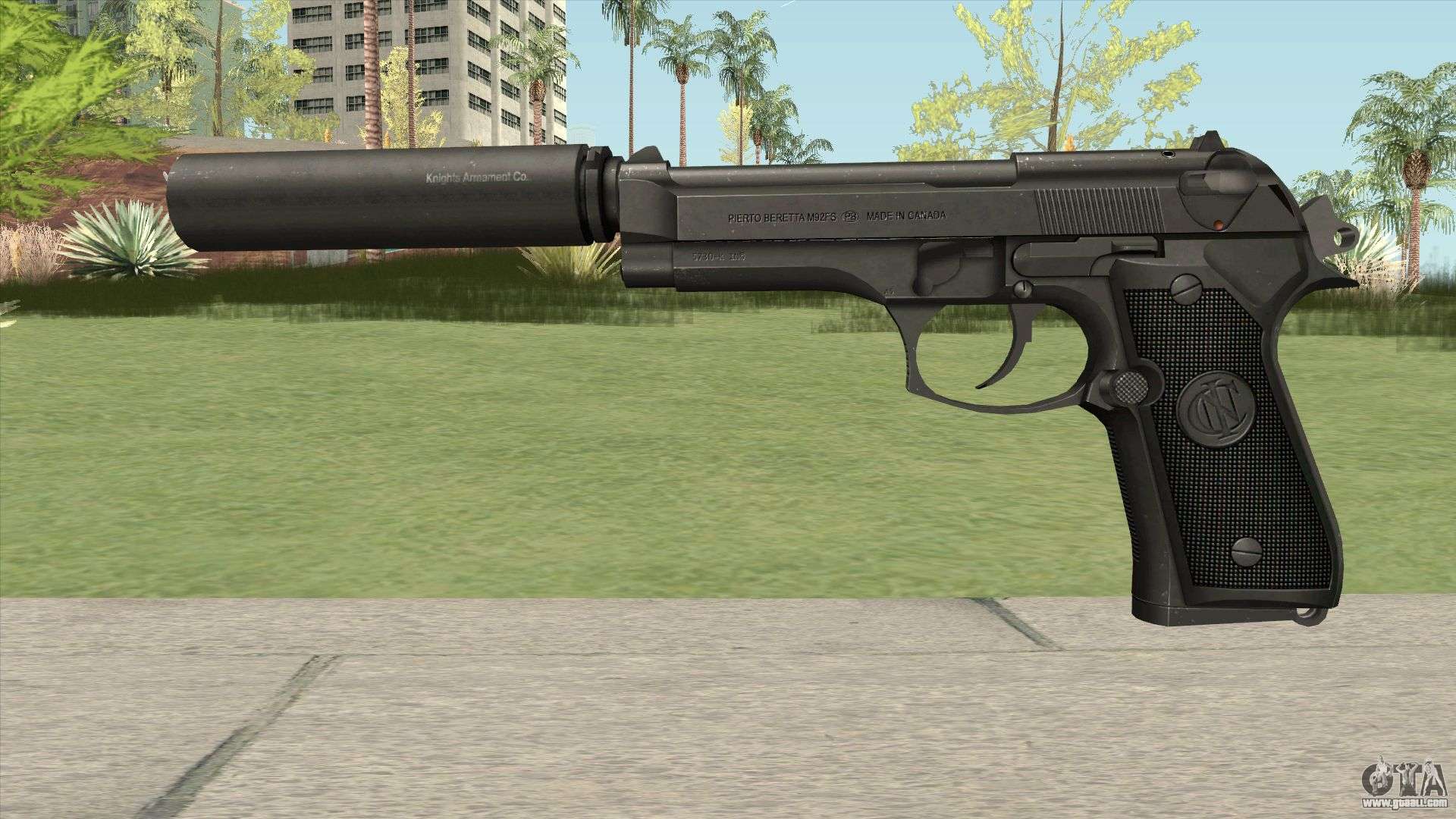
One is reminded to replace Neilson springs as they are all a wear item, replace the spring or beat it out of your barrel and slide. Neilsons, when present, are much more protected as the lithium provides lubrication to both the bearing slide surfaces (these should be broad and at least two) and, in some designed, the spring to cup wear as well. Far better than cans that see even occassional water (and the barrels too). This is not a crusting agent, cans that are opened reveal superb internals, really excellent, far better than cans without. Rather than building up, lithium when exposed to heat liquifies and moves forward. The more nastier it gets, the quieter it gets and less is needed over time. Firstly it keeps much of the crap in suspension and then it moves forward. Cans that use lithium grease last for ever.for ever. Or you can just go dry and go much larger and heavier. If you do it properly it all works very well. Understandable as they have too much in the wrong location.

Many people over inject, or inject from the muzzle end and then complain about the "mess" of a wet can. Larger means you can pack more grease, here 10ccs. How difficult is it to do? Here are the directions for another wet/dry can, this one is a dry design so it is larger. Hence a 3.3 oz can that when filled with lithium is astonishingly quiet for its size.

Size was as important an issue as suppression and accuracy. When suppressors for your pistol were first designed for the armed forces, the idea was clandestine use, far fewer rounds suppressed than the typical YouTube video fest. If you are expecting to shot less, say 10-50 rounds and you want an equally quiet can and are willing to take the time to go wet, well your can dimensions (and the design to some degree) changes dramatically. Now we could take about what works better as there are a number of solutions that work well and very differently. That and some people, including myself dont want water. Water works, it works well, but it is the shortest lasting of all ablatives. In the old days, people would dip, essentially dipping their cans into water as they shot to cool the can and provide the effects of a "wet" environment. Those cans are typically larger, much larger, both to take the heat and to allow the operator to not have to stop to apply an ablative. If the idea is to go to the range and bang away all day, say 50 or 250 rounds and you want every round suppressed, well then you need a can that is based on volume and good baffle design. Look, the issue with pistol cans is one of actual use. Great question, the answer is no, but the performance is not as good. That and the fact you can’t use any sort of hollow point or expanding ammunition, unless for some reason you want a guaranteed endcap strike.Re: DO you need the booster with a Beretta 92? Hey, this is one of the reasons wipe-only cans went out of style. Groups at 20 feet had significantly less shift than those at 30 but were still quite a bit to the right. But let’s be real here: This was never intended to be an Olympic target setup. Coupled with the fact that the rear sight literally moves every time the silencer is mounted, and you get some fairly inconsistent shifts. What you have to keep in mind is that each projectile is passing through more than three-quarters of an inch of polyurethane before it exits the silencer. Not having any of that on hand, we opted to use both Israeli 158-grain subsonic and 165-grain Freedom Munitions subsonic for our purposes. Knight’s Armament displayed their Snap-On with a box of Super Vel 147-grain subsonic 9mm, the ammunition for which it was intended. However, with silencer technology improving at a rapid pace and recoil boosters becoming more common, the updated government solicitation removed the slide-lock requirement entirely. Government was developing the Mk23 Offensive Handgun Weapon System (OHWS), the first solicitation required a slide-lock to be incorporated.

In fact, in the early ’90s, when the U.S.


 0 kommentar(er)
0 kommentar(er)
